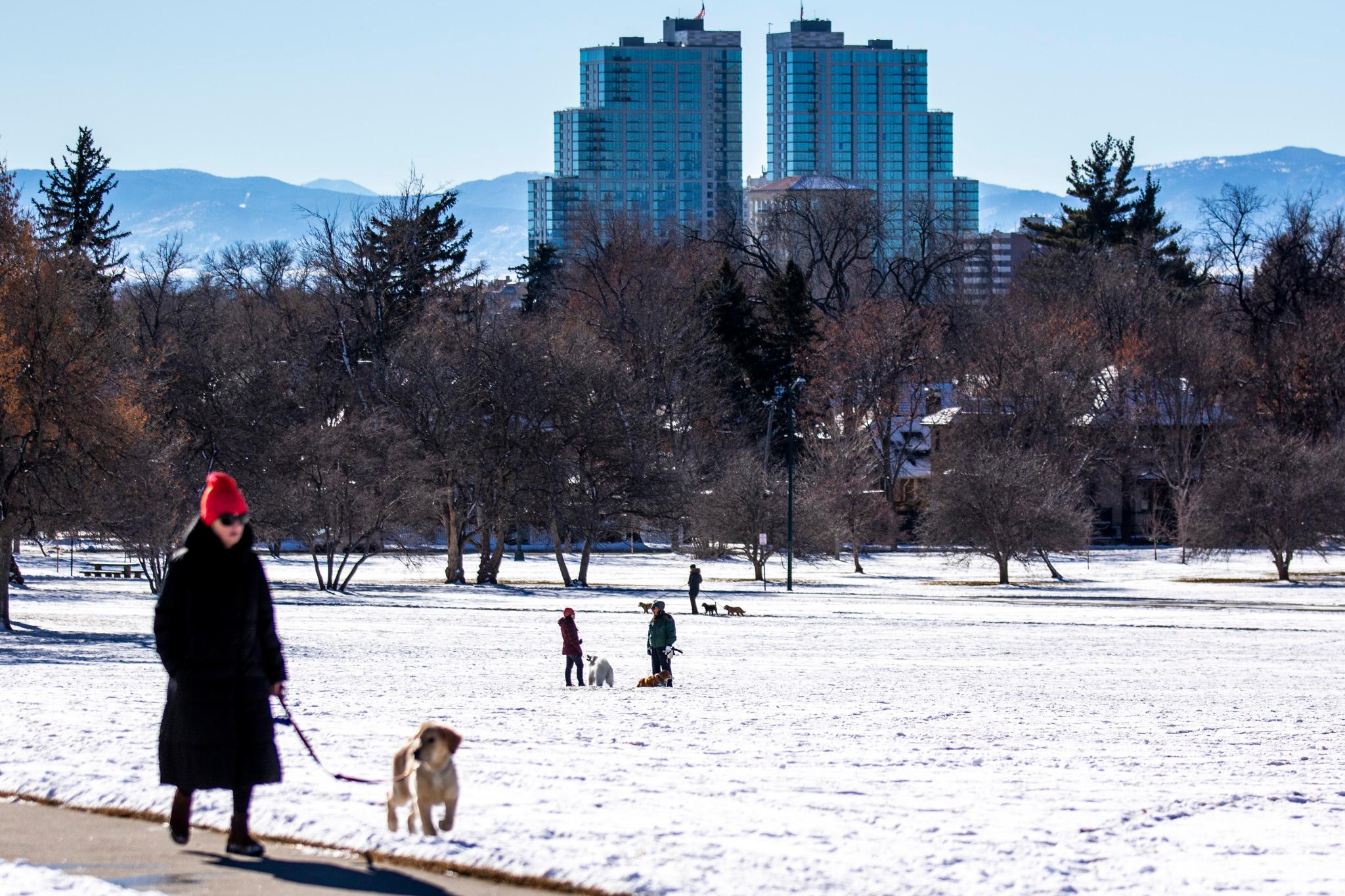Originally published on December 30, 2019 8:34 am
Epi’s is a Basque restaurant in Meridian Idaho, just west of Boise. In mid-morning, things are still pretty quiet, but owner Eric McFarland and a few others are prepping food.
“Come on in!” he said, motioning in as he took another phone call.
The space is relatively small, but feels homey with warm yellow walls, white trim and exposed wood.

McFarland said the place is named after his great grandmother Epifania who emigrated to Idaho from the Basque Country in 1929. He just took over this business from his cousins in August, saying if no one else in the family had stepped up, “I don’t know that they would have allowed it to sell, you know they probably would have just closed it.”
Epi wasn’t alone moving here from the Basque Country. Boise, Idaho has the highest concentration of Basque people in the U.S., with many moving from Basque Country in waves during the 1800s and 1900s.
Basque Country, itself, has cultural roots in what we now call northern Spain and southern France going back more than a thousand years. Much of the region is sunny and near the coast, and it’s become a massive foodie destination, especially for seafood and rich, flavorful meals.
Boise, Idaho is not exactly like that, but McFarland said Basque culture here is also centered around food, especially during the holidays.
“That’s what being Basque is really about is just, you know, being around food, being around people and sharing those experiences,” he said.
For the night I visit, there’s lamb stew in burgundy sauce simmering off to the side. Epi chef Josh James, who’s worked there for 19 years, pointed to another pan under the big overhead fan.
“That’ll be meatball sauce,” he said. “So it’s just olive oil and onions right now, and I’m just softening the onions up.”
There’s also a white mixture out in a pan cooling down. It’s waiting to turn into little balls, coated in egg wash and breadcrumbs, and fried. That is, it’s going to become croquettes.

“It’s what we’d call a bechamel. It’s a real simple kind of mother sauce, basically, but it’s really thick. And that’s why you’re able to roll the croquettes. Essentially it's onions, oil, butter, flour and milk. Those little chunks that you see in there are jamon serrano. It’s just a salty ham that we slice really thin,” he said.
McFarland said it’s easy to learn the basics of croquettes, but it takes a long time to perfect.
He sometimes makes croquettes at Christmas, but said that’s pretty time-consuming. His family spread is usually a mixture of American food with turkey and mashed potatoes and Basque food like lamb — but regardless, there’s a lot of it.
“We wake up in the morning and we're preparing for lunch. We're obviously eating breakfast. And then when we're eating lunch, we're preparing for dinner. And so there's no time between between meals really, you're constantly eating,” he said, chuckling.
Marti Buckley is a blogger and Basque cookbook author living in San Sebastian in northern Spain’s Basque Country, and she says the food culture is very similar there.
“You have a tradition of a lot of snacking. A lot of shrimp a lot of basically seafood snacks and you have the white asparagus from Navarra ... a lot of times the main dish will be sea bream, or salt cod. And then you move on to a ton of desserts,” she said.
Buckley is from Alabama but she moved to San Sebastian about a decade ago. She said the difference between Basque food and other foods can largely be found in the ingredients and spices — or lack thereof. She said there’s olive oil, garlic, parsley and salt “and that's literally all.”
“There's no spices. There's no, you know, hiding the flavors, they insist on bringing out the purest flavors from the produce that they use, in part because it's so excellent,” she said.
In Boise, many Basque meals out at restaurants start with croquette appetizers. But they’re a big snack in Basque Country, too. And there’s all different kinds.
“There's a joke that everybody's first favorite croquette is the one their mom made,” Buckley said. “And then you ask them, where’s your second favorite croquette, because they’re never going to say such and such bar makes it better than my mom.”
Back in Epi’s kitchen, McFarland finishes making a few of his own, taking little balls coated in Panko bread crumbs and plopping them in the fryer.
A few minutes later, they come out with a golden brown, very light crust and filled with a decadently thick, creamy texture.
“You can see how people think there’s potatoes in there or cheese. They can’t figure it out, I love it," he said. “It’s just deep-fried goodness, that’s what it is.”
Epi’s will be closed for Christmas and Christmas Eve so McFarland’s family can celebrate, but that won’t stop you from trying to cook your own Basque dish for the holiday season.
If you want to learn how to make Epi’s croquettes with little bits of salted ham — you may just have to go yourself. They’re keeping it a secret. But Marti Buckley’s blog and cookbook may help you find a Basque recipe. And here’s a link to one of her recipes for ham croquettes from her cookbook.
Find reporter Madelyn Beck on Twitter @MadelynBeck8
Copyright 2019 Boise State Public Radio
This story was produced by the Mountain West News Bureau, a collaboration between Wyoming Public Media, Boise State Public Radio in Idaho, KUER in Salt Lake City, KUNR in Nevada, the O’Connor Center for the Rocky Mountain West in Montana, and KRCC and KUNC in Colorado.
Copyright 2020 Boise State Public Radio News. To see more, visit Boise State Public Radio News.








